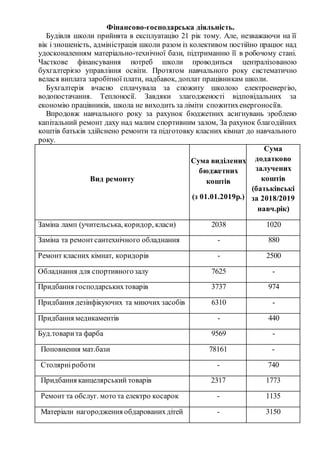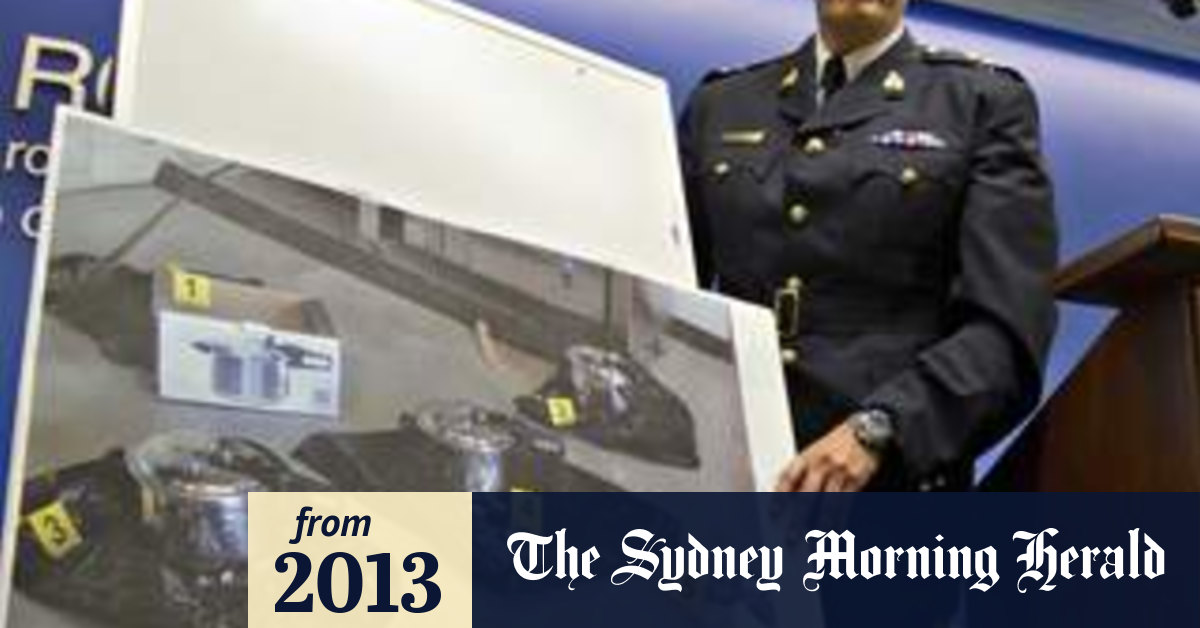Post-Brexit Challenges For UK Luxury Exporters To The EU

Table of Contents
Increased Customs Costs and Delays
The most immediate post-Brexit challenge for UK luxury exporters is the sharp increase in customs costs and delays. Luxury goods, with their higher value, are particularly susceptible to the impact of new import tariffs and customs duties imposed by the EU. The introduction of customs declarations and additional documentation significantly increases administrative burden and processing times. This translates directly into:
-
Higher import tariffs impacting profitability: These tariffs add a substantial cost to each exported item, eating into profit margins and potentially making UK luxury goods less competitive.
-
Complex customs procedures increasing processing times: The intricate paperwork and procedures involved in clearing goods through customs can lead to significant delays, disrupting supply chains and impacting delivery times to EU customers.
-
Increased paperwork and administrative costs: Businesses now face hefty expenses associated with employing specialized personnel or outsourcing to customs brokers and agents to manage the complex paperwork and ensure compliance.
-
Potential for supply chain disruptions and delays: These delays can lead to stock shortages, lost sales, and damage to brand reputation, particularly crucial in the time-sensitive luxury market.
-
Need for specialized customs brokers and agents: The complexity of Brexit customs regulations necessitates engaging specialized professionals, adding to overall operational costs. Finding reliable and experienced agents is a challenge in itself.
Navigating New Regulatory Hurdles
Beyond customs, UK luxury exporters now face a tangled web of new regulatory hurdles. The EU has its own stringent product safety, labeling, and conformity assessment regulations, all of which must be meticulously met for goods to enter the market. This presents significant challenges:
-
Stricter product safety and labeling regulations: Luxury goods often have intricate designs and materials, making compliance with EU regulations a complex and costly process. Failure to comply can result in product recalls and reputational damage.
-
Increased need for conformity assessment procedures: Meeting EU standards requires rigorous testing and certification, often involving third-party verification bodies, adding considerable expense and time to the export process.
-
Challenges in meeting varying EU member state requirements: Regulations may vary slightly between different EU member states, further complicating compliance and requiring tailored approaches for each destination market.
-
Potential for product recalls and reputational damage due to non-compliance: Failure to meet these regulations can lead to significant financial penalties, product recalls, and irreparably damage brand reputation.
-
The importance of understanding and adapting to EU standards: Proactive research and understanding of EU standards are crucial to avoiding costly mistakes and ensuring smooth market access.
Impact on Luxury Branding and Consumer Perception
The increased costs and potential delays associated with post-Brexit trade significantly impact the luxury brand experience and consumer perception. These challenges can:
-
Potential for decreased consumer trust due to supply chain issues: Delays and disruptions can erode consumer trust, especially within the luxury sector where prompt delivery and flawless service are paramount.
-
Maintaining brand luxury image despite higher prices: The added costs associated with tariffs and compliance measures often necessitate price increases, potentially affecting the brand's perceived value proposition.
-
Adapting marketing strategies to address new market realities: Exporters need to adapt their marketing strategies to highlight the enduring value and craftsmanship of their products despite the increased price point and potential delays.
-
Protecting brand reputation from negative Brexit-related news: Proactive communication and crisis management strategies are necessary to mitigate negative perception stemming from Brexit-related trade complexities.
Accessing and Maintaining EU Market Share
Maintaining or growing market share within the EU post-Brexit demands innovative strategies and proactive planning. The increased trade barriers have intensified competition, necessitating a multifaceted approach:
-
Increased competition from other luxury goods producers: Businesses from outside the UK, particularly within the EU, now enjoy a competitive advantage due to the reduced trade friction.
-
Developing new export strategies to overcome trade barriers: This includes streamlining logistics, optimizing customs procedures, and potentially exploring alternative market access strategies.
-
Investing in compliance and logistics to maintain efficiency: Investing in technology, training, and specialized expertise is crucial to minimize delays and maintain operational efficiency.
-
Exploring alternative market access strategies: This may involve exploring alternative distribution channels, partnerships with EU-based distributors, or even establishing a presence within the EU itself.
-
Seeking government support and trade advice: Accessing government resources, export promotion agencies, and trade advisors is essential for navigating the complexities of post-Brexit trade.
Conclusion
Post-Brexit challenges for UK luxury exporters to the EU are substantial, encompassing increased customs costs and delays, complex regulatory hurdles, and the need to maintain a strong brand image and competitive market share. Successfully navigating this new trade landscape requires proactive planning, strategic adaptation, and a deep understanding of the evolving regulatory environment. Don't let post-Brexit challenges derail your luxury export business. Learn more about navigating the complexities of UK-EU trade and secure your future success by seeking professional advice and utilizing available government resources and trade organization support.

Featured Posts
-
 Pivdenniy Mist Detalniy Analiz Remontu Ta Zaluchenikh Resursiv
May 21, 2025
Pivdenniy Mist Detalniy Analiz Remontu Ta Zaluchenikh Resursiv
May 21, 2025 -
 Buy Canadian Beauty Navigating The Challenges Of Tariffs And Supporting Local Businesses
May 21, 2025
Buy Canadian Beauty Navigating The Challenges Of Tariffs And Supporting Local Businesses
May 21, 2025 -
 Defense Sector Investment Surge Big Bear Ai Bbai Maintains Buy Rating
May 21, 2025
Defense Sector Investment Surge Big Bear Ai Bbai Maintains Buy Rating
May 21, 2025 -
 Klopps Liverpool A Retrospective Look At The Transformation
May 21, 2025
Klopps Liverpool A Retrospective Look At The Transformation
May 21, 2025 -
 Viral Video Pub Landlords Angry Reaction To Employees Notice
May 21, 2025
Viral Video Pub Landlords Angry Reaction To Employees Notice
May 21, 2025
Latest Posts
-
 Bundesliga Leverkusen Delays Bayerns Title Festivities Kane Sidelined
May 21, 2025
Bundesliga Leverkusen Delays Bayerns Title Festivities Kane Sidelined
May 21, 2025 -
 Maximilian Beiers Brace Leads Borussia Dortmund To Victory Against Mainz
May 21, 2025
Maximilian Beiers Brace Leads Borussia Dortmund To Victory Against Mainz
May 21, 2025 -
 Leverkusen Thwarts Bayerns Bundesliga Party Kanes Absence Adds To Disappointment
May 21, 2025
Leverkusen Thwarts Bayerns Bundesliga Party Kanes Absence Adds To Disappointment
May 21, 2025 -
 Nations League Final Four Germany Books Place After 5 4 Aggregate Win Against Italy
May 21, 2025
Nations League Final Four Germany Books Place After 5 4 Aggregate Win Against Italy
May 21, 2025 -
 Find Everything You Need About Bangladesh On Bangladeshinfo Com
May 21, 2025
Find Everything You Need About Bangladesh On Bangladeshinfo Com
May 21, 2025
